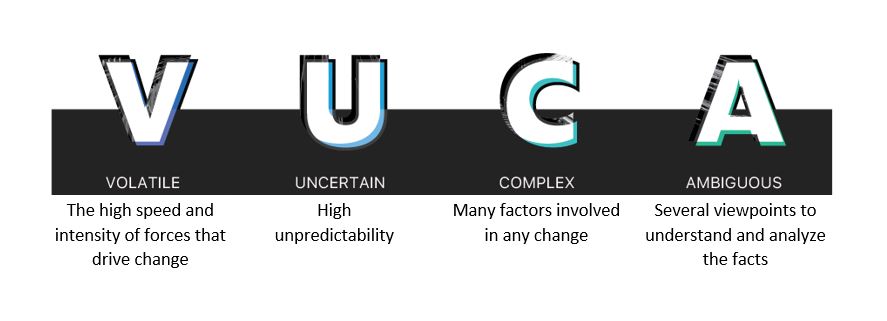
In the VUCA (Volatile, Uncertain, Complex, Ambiguous) world, companies must be more and more vigilant in the management of their corporate risks.
Increasing complexity in supply chains, increasing market volatility, threats to cybersecurity and political uncertainty are just a few examples of risks to which organizations are subjected today.
And that’s what Priscila Miguel, FGV-CELog Coordinator from FGV-SP, spoke at the ME B2B Summit 2019.
If you were at the event and attended the lecture, this is an opportunity to read and remember. And if you haven’t had a chance to go, see below the key insights.
What is risk management?

Risk management is a series of targeted activities, with the purpose of managing and controlling a company against potential threats, regardless of their origins. This ranges from the planning and use of human resources to the purchase of materials to prevent or handle a hazard.
It’s a preemptive management method, in order to anticipate potential problems and act even before they happen. However, risks that haven’t been mapped yet can emerge too.
In this case, another way of acting must be put to use: the prescriptive method.
The prescriptive method
This method has the purpose of stimulating the company to show a dynamic behavior, aiming at a reactive action in face of an event.
For this to happen, a system to control all relevant numbers and causes that encompass the organization is required.
The end idea behind all this is the ongoing improvement of company processes, in order to leverage the business.
4 steps to efficient risk management

There are 4 key steps for a good planning:
1- Identify
To map risks, you must know the whole company, and understand the business’ weaknesses and vulnerabilities. You must know in what stage the company actually is, if it’s maturing, or in the growth, expansion or consolidation phase. Once established these factors, it will be easier to identify, understand and analyze the risks.
2- Assess the risk
After the risks are mapped, you must listen to the company’s managers, to understand the processes and activities of each sector. Through a qualitative analysis, you can define the level of importance of each risk, as well as the occurrence probability. On the other hand, through quantitative analysis you can investigate, using data and numbers, what potential impacts and effects that identified threats can cause to the company.
3- Mitigate the risk.
This step involves listing the risks in order of importance, to create a prioritization scale. The idea is creating it from the highest impact and probability levels to the smallest ones. Then you must have a plan to track and eliminate threats. The defined troubleshooting methods must be specific and based on facts.
4- Respond to risk
This is the last stage. Now you must monitor if the prevention processes are in force, and analyze how the risks are behaving. There are several tools that can assist you in this stage, providing systematic controls, reports, performance indicators, management mechanisms, etc.
How to handle risks and be more resilient?
- Visibility into what can happen
- Agility in actions and decision-making processes
- Flexibility and redundant operation
- Collaboration
See Priscilla’s explanation (enable english subtitles):
Well, now that you know what risk management is and its importance, how about getting started?
Usually, companies have specific departments in charge of risk management. They have the task of mapping out threats and developing prevention strategies, as well as putting them into practice and encouraging all employees to make things happen as planned.
About Priscila Miguel
Graduated in Chemical Engineering from the State University of Campinas (1995), she has a master’s degree and doctorate in Business Administration from EAESP, Fundação Getúlio Vargas. She is also coordinator of the Center for Logistics and Supply Chain Excellence (FGV-CELog) at Fundação Getúlio Vargas – SP, and coordinator of the research line for Supply Chain Strategic Management at EAESP-FGV’s Professional Master’s Degree in Management for Competitiveness.


 Português do Brasil
Português do Brasil Español
Español Português
Português
